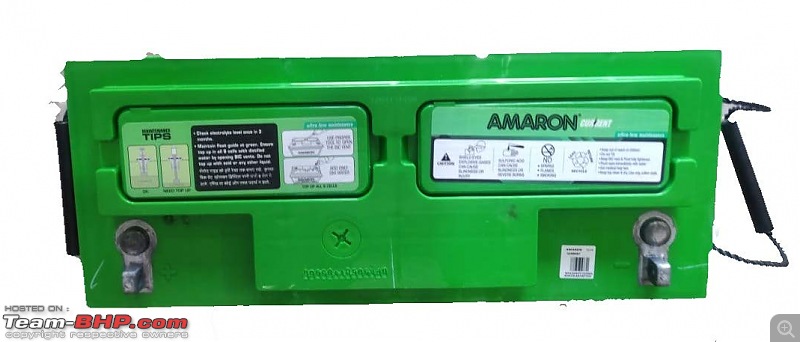| | #1561 |
| Distinguished - BHPian  Join Date: Jun 2007 Location: Chennai
Posts: 11,463
Thanked: 30,127 Times
| |
| |  (1)
Thanks (1)
Thanks
|
| |
| | #1562 |
| BHPian Join Date: Dec 2012 Location: Chennai
Posts: 688
Thanked: 1,030 Times
| |
| |  (2)
Thanks (2)
Thanks
|
| | #1563 |
| BHPian Join Date: Apr 2015 Location: Chennai
Posts: 88
Thanked: 357 Times
| |
| |
| | #1564 |
| BHPian Join Date: Jun 2020 Location: Mirzapur(U.P.)
Posts: 61
Thanked: 131 Times
| |
| |  (3)
Thanks (3)
Thanks
|
| | #1565 |
| Senior - BHPian | |
| |  (2)
Thanks (2)
Thanks
|
| | #1566 |
| Distinguished - BHPian  Join Date: Oct 2008 Location: Pune
Posts: 3,257
Thanked: 5,858 Times
| |
| |  (2)
Thanks (2)
Thanks
|
| | #1567 |
| BHPian Join Date: Apr 2015 Location: Chennai
Posts: 88
Thanked: 357 Times
| |
| |
| | #1568 |
| BHPian Join Date: Jun 2020 Location: Mirzapur(U.P.)
Posts: 61
Thanked: 131 Times
| |
| |  (1)
Thanks (1)
Thanks
|
| | #1569 |
| BHPian Join Date: Nov 2007 Location: Chennai
Posts: 475
Thanked: 208 Times
| |
| |
| | #1570 |
| Senior - BHPian | |
| |  (1)
Thanks (1)
Thanks
|
| | #1571 |
| BHPian Join Date: Nov 2007 Location: Chennai
Posts: 475
Thanked: 208 Times
| |
| |
| |
| | #1572 |
| Distinguished - BHPian  Join Date: Jun 2007 Location: Chennai
Posts: 11,463
Thanked: 30,127 Times
| |
| |  (1)
Thanks (1)
Thanks
|
| | #1573 |
| Senior - BHPian Join Date: May 2009 Location: Chennai
Posts: 4,636
Thanked: 5,993 Times
| |
| |  (2)
Thanks (2)
Thanks
|
| | #1574 |
| BHPian Join Date: Aug 2008 Location: Chennai
Posts: 823
Thanked: 925 Times
| |
| |  (3)
Thanks (3)
Thanks
|
| | #1575 |
| BHPian Join Date: Aug 2015 Location: Hyderabad
Posts: 269
Thanked: 145 Times
| |
| |
 |
Most Viewed









